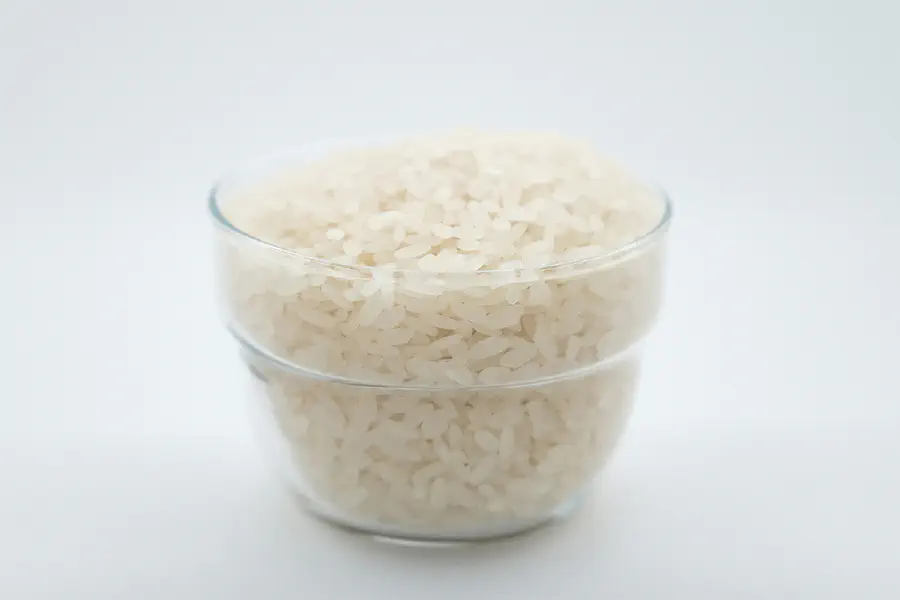Maximizing White Rice Shelf Life: A Comprehensive Guide




Maximizing White Rice Shelf Life: A Comprehensive Guide
Storing white rice efficiently is key to ensuring its longevity, making it a cornerstone of food security in any household. This guide offers a detailed walkthrough on how to store white rice, preserving its quality and extending its shelf life to its fullest potential.
Understanding White Rice Storage
White rice, when stored properly, can be a reliable food source for years, even decades. Achieving this requires understanding the factors that affect rice’s shelf life:
- Moisture: The enemy of long-term storage, moisture can lead to mold and spoilage.
- Oxygen: Oxidation can degrade rice quality over time.
- Light: Direct sunlight can cause temperature fluctuations and degrade nutrients.
- Pests: Insects and rodents are attracted to stored rice and can cause contamination.
Step-by-Step Storage Guide
Step 1: Choose the Right Container
- Airtight Containers: These are crucial for keeping out moisture and pests. Options include Mylar bags, vacuum-sealed bags, food-grade plastic buckets, or glass jars with sealing lids.
- Oxygen Absorbers: When placed in airtight containers, oxygen absorbers can significantly extend the shelf life of white rice by preventing oxidation.
Step 2: Store in a Cool, Dry Place
- Ideal Conditions: Aim for storage areas with temperatures between 50°F and 70°F (10°C to 21°C) and low humidity.
- Avoid Sunlight: Store rice in a dark place to prevent temperature spikes and nutrient loss.
Step 3: Label and Date
- Organization: Clearly label each container with the type of rice and the storage date. This helps in managing your stock using the FIFO (First In, First Out) method.
Step 4: Regular Inspections
- Check for Pests and Spoilage: Periodically inspect your rice storage for signs of pests or spoilage. Early detection is key to preventing loss.
Additional Tips for Optimal Storage
- Consider Vacuum Sealing: For smaller quantities or if using within a few years, vacuum-sealed bags can be an effective storage solution.
- Diversify Storage Locations: If possible, spread your rice storage across different locations to mitigate risk.
- Use Within Best By Date for Best Quality: While white rice can last for decades, using it within 5-10 years ensures the best taste and nutritional quality.
Conclusion
Proper storage of white rice is both an art and a science. By following these detailed steps and guidelines, you can ensure that your rice remains a dependable, nutritious component of your food storage strategy for years to come. This not only aids in emergency preparedness but also contributes to a more sustainable and waste-conscious household.